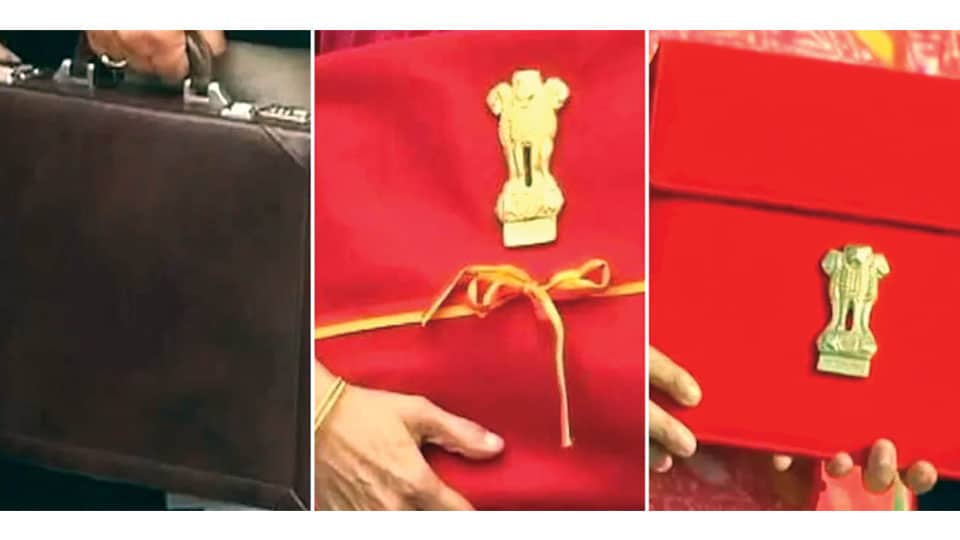New Delhi: When Finance Minister Nirmala Sitharaman presented her first Union Budget in 2019, she drew the nation’s attention by replacing the budget briefcase with the “bahi khata.”
The decision to opt for the bahi khata appeared to be a move to dump the colonial practice of carrying a briefcase. The “budget briefcase” was a remnant of the colonial era. It was a copy of the Gladstone Box, which British Finance Ministers have carried to Parliament when presenting their budgets.
For years, Indian households, neighbourhood shops and small enterprises have managed their budget using the bahi khata, a ledger of accounts.
The next year, in 2020, Sitharaman continued the practice and presented her budget using the bahi khata. She had famously said it was time India shed the “British hangover.” She had also accepted that the bahi khata was easier to carry than the briefcase.
However, last year, the bahi khata gave way to a tablet, again a move in tandem with Prime Minister Narendra Modi’s push for a “Digital India.” Reports at the time said the tablet was “Made in India,” an effort to send out the message of a self-reliant nation.
However, using the tablet was also necessitated by the COVID-19 pandemic as it was prudent to curb the use of paper. Besides, some could argue it was an environment-friendly move.
Last year, the Government also launched the “Union Budget Mobile App” to enable lawmakers and members of the general public to access Budget documents easily.
Over the years, the Budget presentation has evolved, keeping with the needs of the time. In 1947, India’s first Finance Minister R.K. Shanmukham Chetty carried a leather portfolio bag. Sometime around 1970, Finance Ministers began carrying a hardbound bag; its colour continued to differ over the years.
The next big change came after Prime Minister Narendra Modi won a giant majority for his second term in 2019 and the colonial legacy was let go.








Recent Comments